Get a custom course package
We may not have any package deals available including this course. If you enquire or give us a call on +61 272026926 and speak to our training experts, we should be able to help you with your requirements.
Module 1: Understanding the Terms
Module 2: Stages of Business Process Mapping
Module 3: Mapping a Business Activity
Module 4: Detail Behind the Processes
Module 5: Assigning Control and Responsibilities
Module 6: Drawing the Process Map
Module 7: Estimating Time, Cost, and Validating the Process Map
Module 8: Process Analysis
Module 9: Creating “To Be” Processes


The Business Process Mapping Training Course is suited for delegates who wish to improve the efficiency and effectiveness of their organisation's business processes. The following professionals can benefit from attending this course:
There are no formal prerequisites for this Business Process Mapping Training Course. However, a basic understanding of understanding of Business Analysis concepts and practices will be beneficial.
Business Process Mapping is a powerful tool used in Business Process Management to visually display process phases and demonstrate how a process should work from start to finish. It involves every aspect of a circle, like the personnel involved, controls used, inputs, outputs, etc. This training course delves into the fundamental concepts of process mapping and its vital relevance in streamlining operations, improving efficiency, and ensuring seamless workflow within organisations.
Proficiency in Business Process Mapping is indispensable for Business Analysts, professionals aiming for Business Analyst Certifications, and anyone seeking to optimise business operations. The ability to map and analyse processes is critical for identifying bottlenecks, enhancing productivity, and making informed decisions in dynamic business environments.
This intensive 1-day Business Process Mapping Course equips delegates with practical skills to create, analyse, and optimise Business Process Maps. Delegates will gain a deep understanding of process mapping tools and techniques, enabling them to identify areas for improvement and implement effective solutions. The course fosters a problem-solving mindset and prepares individuals to excel in their roles.
Course Objective:
After completing this Business Process Mapping Course, delegates will be well-equipped to apply their newfound knowledge and skills to their professional roles. They will play a vital role in streamlining processes, improving business performance, and contributing to the overall success of their organisations.




Why choose us
Experience live, interactive learning from home with The Knowledge Academy's Online Instructor-led Business Process Mapping Training. Engage directly with expert instructors, mirroring the classroom schedule for a comprehensive learning journey. Enjoy the convenience of virtual learning without compromising on the quality of interaction.
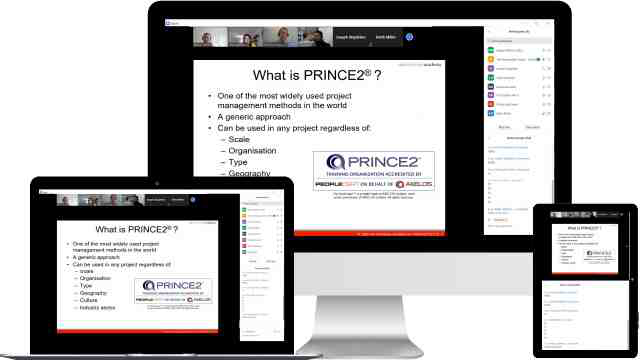
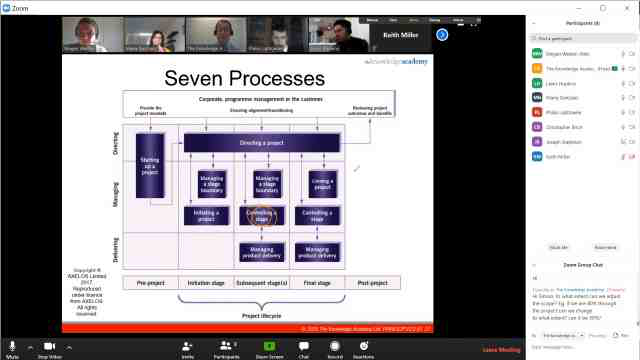
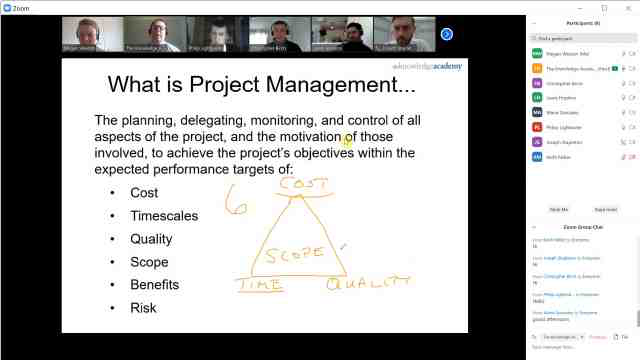
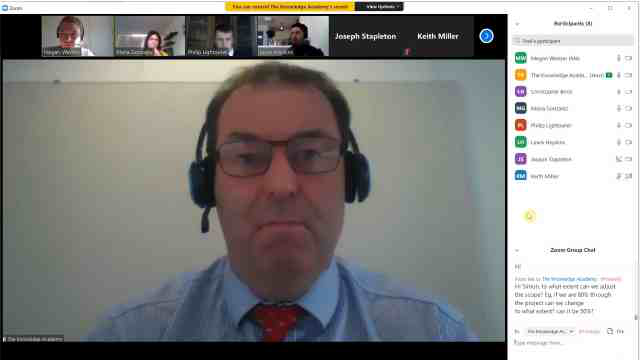
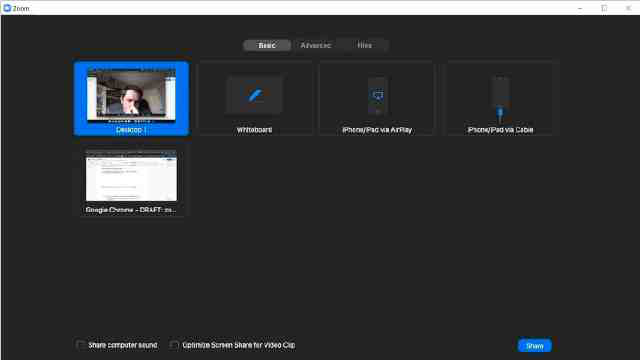
Unlock your potential with The Knowledge Academy's Business Process Mapping Training, accessible anytime, anywhere on any device. Enjoy 90 days of online course access, extendable upon request, and benefit from the support of our expert trainers. Elevate your skills at your own pace with our Online Self-paced sessions.
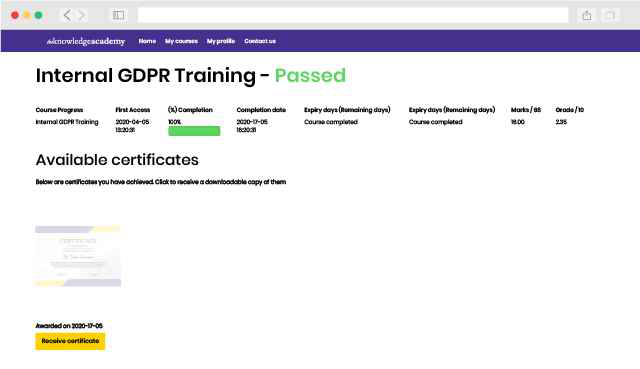
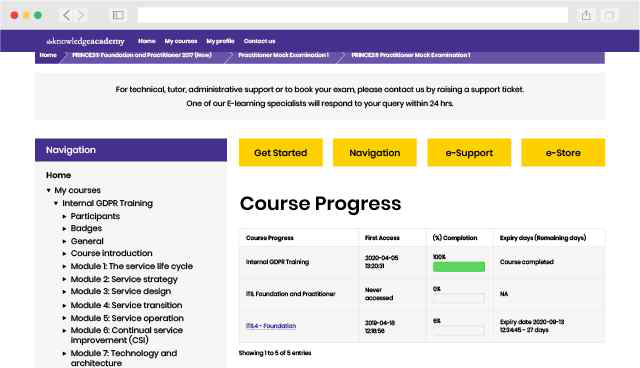
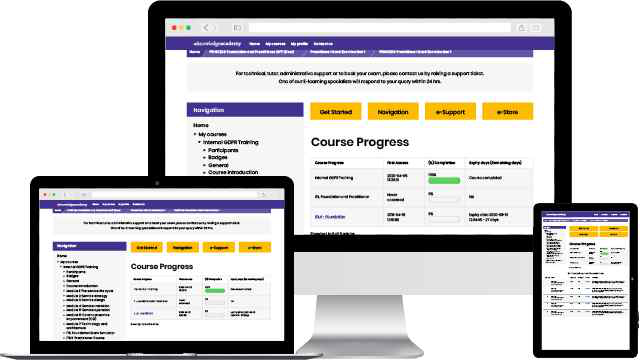
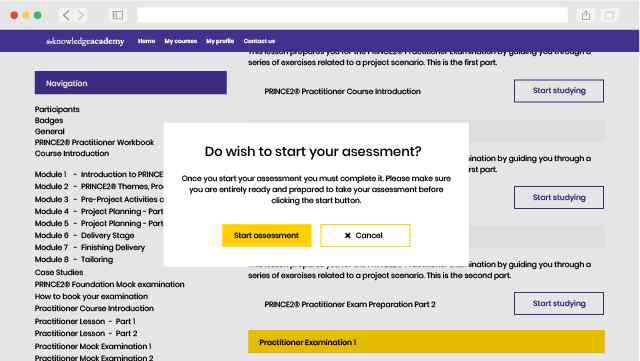
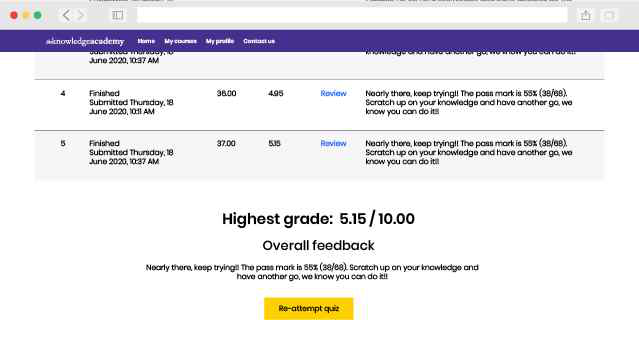
Experience the most sought-after learning style with The Knowledge Academy's Business Process Mapping Training. Available in 490+ locations across 190+ countries, our hand-picked Classroom venues offer an invaluable human touch. Immerse yourself in a comprehensive, interactive experience with our expert-led Business Process Mapping Training sessions.

Boost your skills with our expert trainers, boasting 10+ years of real-world experience, ensuring an engaging and informative training experience

We only use the highest standard of learning facilities to make sure your experience is as comfortable and distraction-free as possible

Our Classroom courses with limited class sizes foster discussions and provide a personalised, interactive learning environment

Achieve certification without breaking the bank. Find a lower price elsewhere? We'll match it to guarantee you the best value
Streamline large-scale training requirements with The Knowledge Academy’s In-house/Onsite Business Process Mapping Training at your business premises. Experience expert-led classroom learning from the comfort of your workplace and engage professional development.

Leverage benefits offered from a certification that fits your unique business or project needs

Cut unnecessary costs and focus your entire budget on what really matters, the training.

Our Business Process Mapping Training offers a unique chance for your team to bond and engage in discussions, enriching the learning experience beyond traditional classroom settings
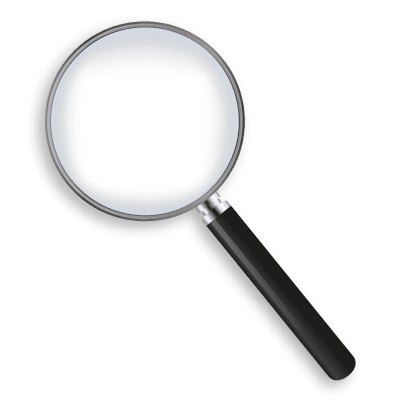
The course know-how will help you track and evaluate your employees' progression and performance with relative ease
Easy to follow
Excellent - very friendly
Great course. Bob brought it to life with examples.


You won't find better value in the marketplace. If you do find a lower price, we will beat it.
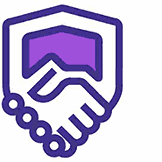
Business Analyst Training

Flexible delivery methods are available depending on your learning style.

Resources are included for a comprehensive learning experience.




"Really good course and well organised. Trainer was great with a sense of humour - his experience allowed a free flowing course, structured to help you gain as much information & relevant experience whilst helping prepare you for the exam"
Joshua Davies, Thames Water



 Back to course information
Back to course information
We may not have any package deals available including this course. If you enquire or give us a call on +61 272026926 and speak to our training experts, we should be able to help you with your requirements.
 If you miss out, enquire to get yourself on the waiting list for the next day!
If you miss out, enquire to get yourself on the waiting list for the next day!

close


Press esc to close

close
Fill out your contact details below and our training experts will be in touch.



Back to Course Information